
Peoples and Languages
Social Media
Leave comments, suggestions, keep an eye on news in our groups on VK, Odnoklassniki and Telegram channel
Peoples and Languages
Social Media
Leave comments, suggestions, keep an eye on news in our groups on VK, Odnoklassniki and Telegram channel


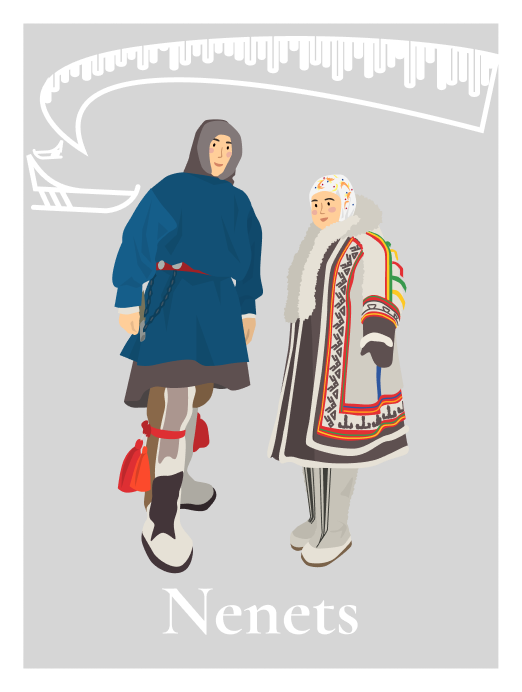
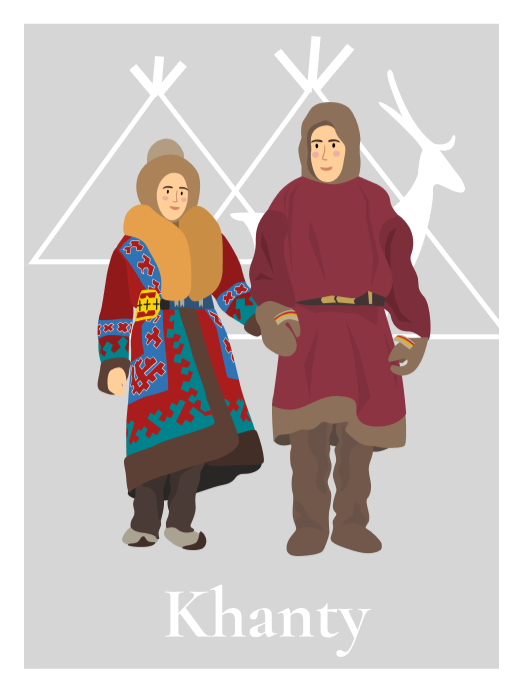



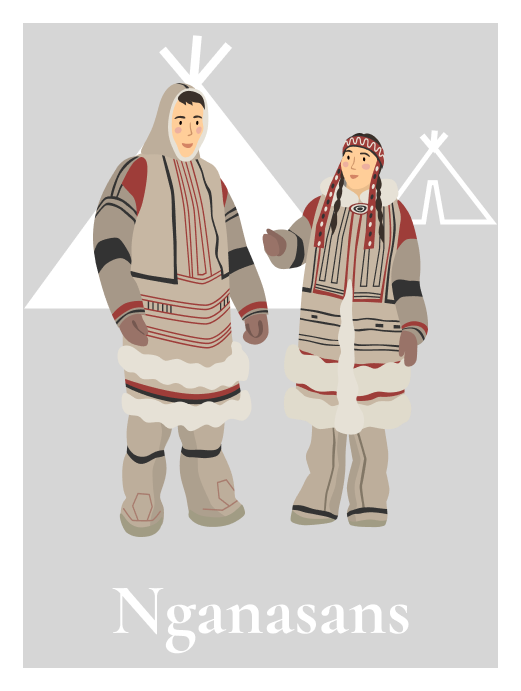
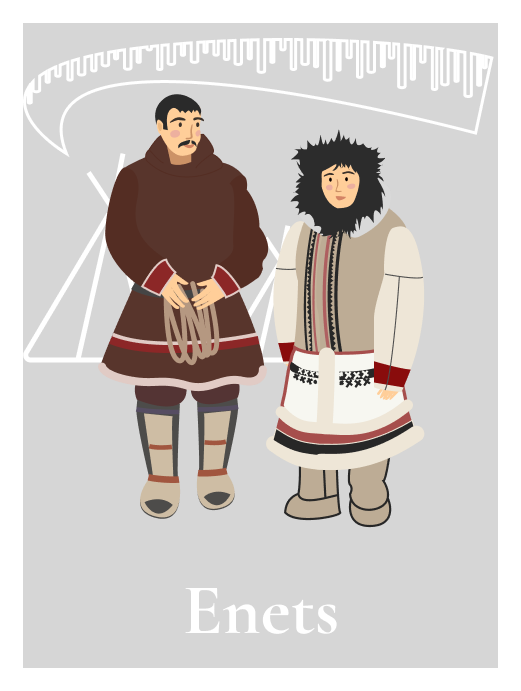
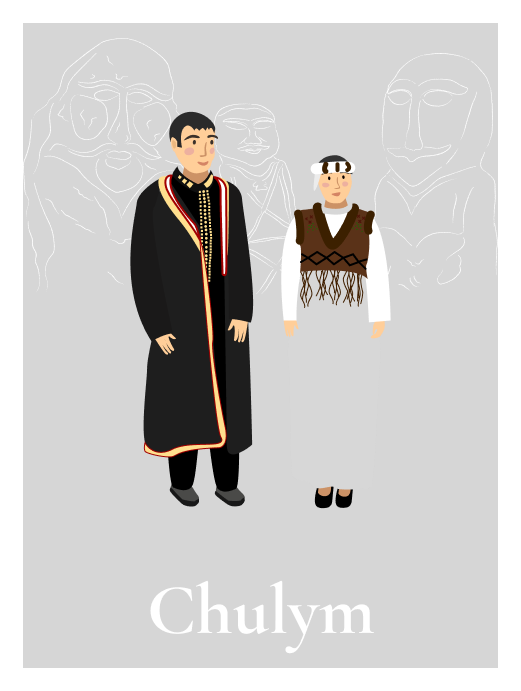
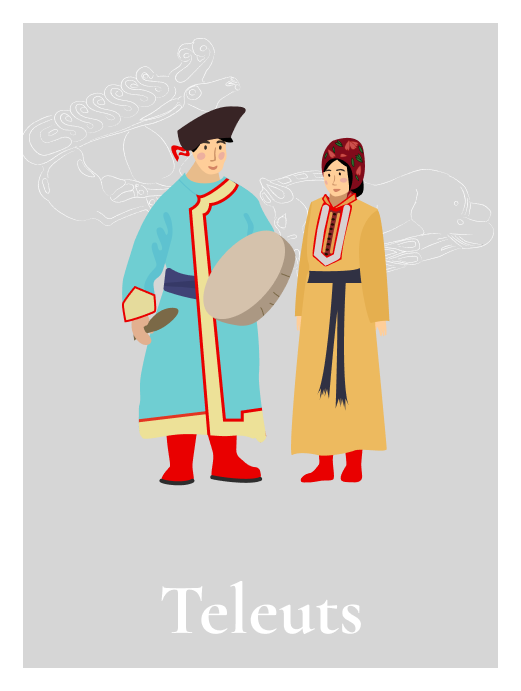


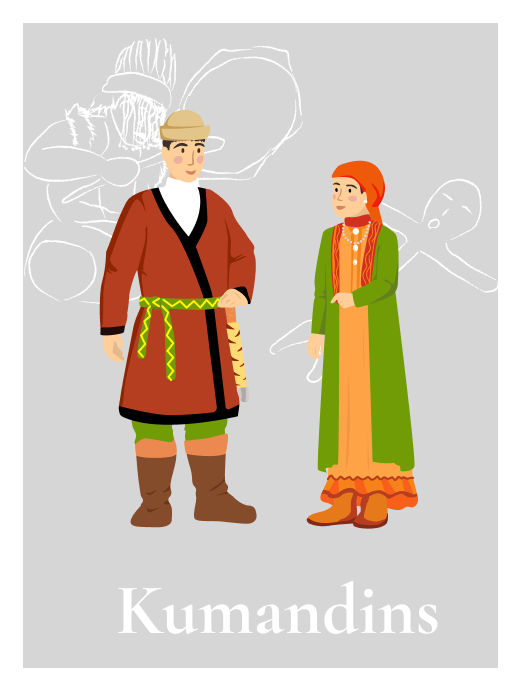

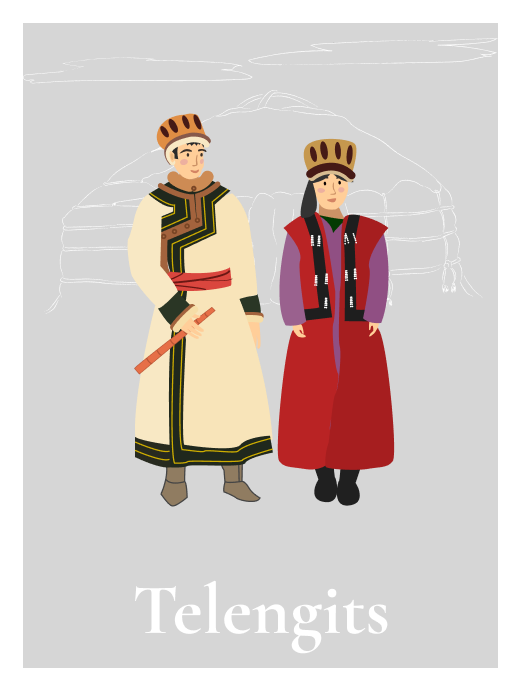

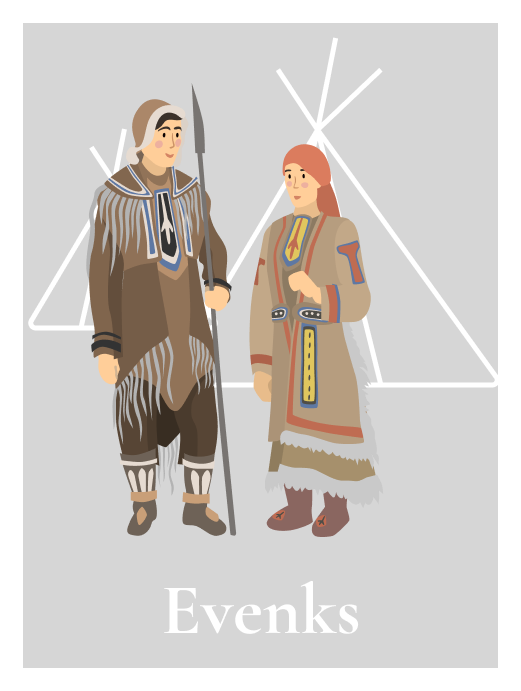
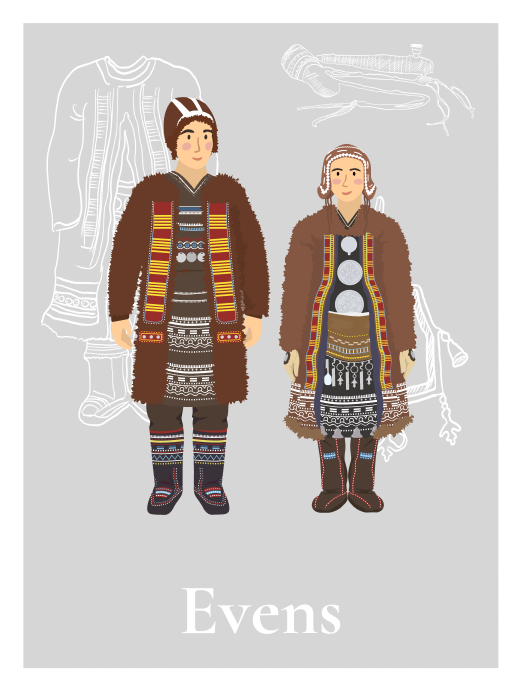
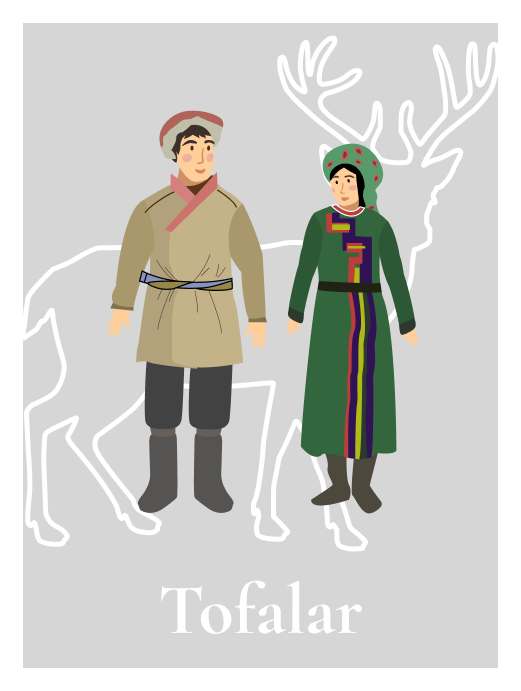
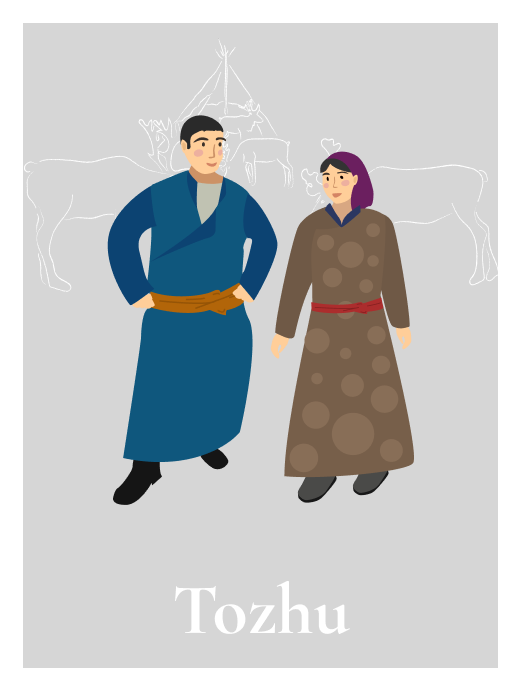
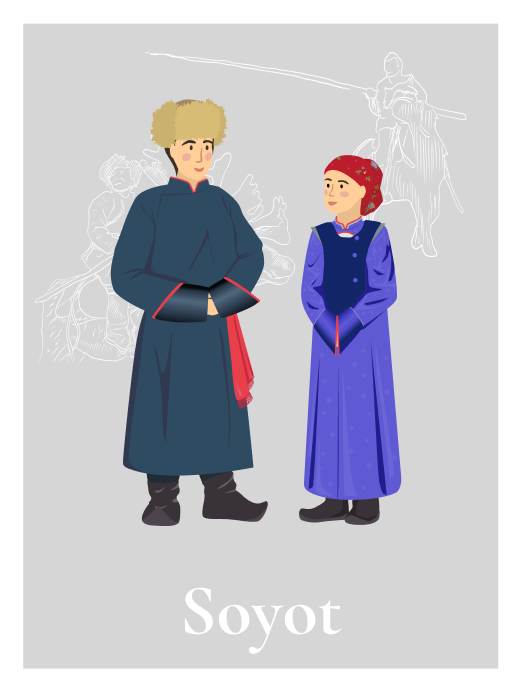
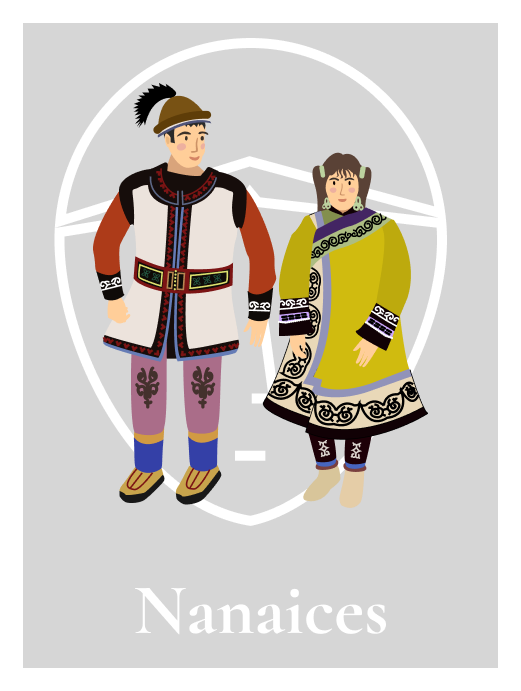
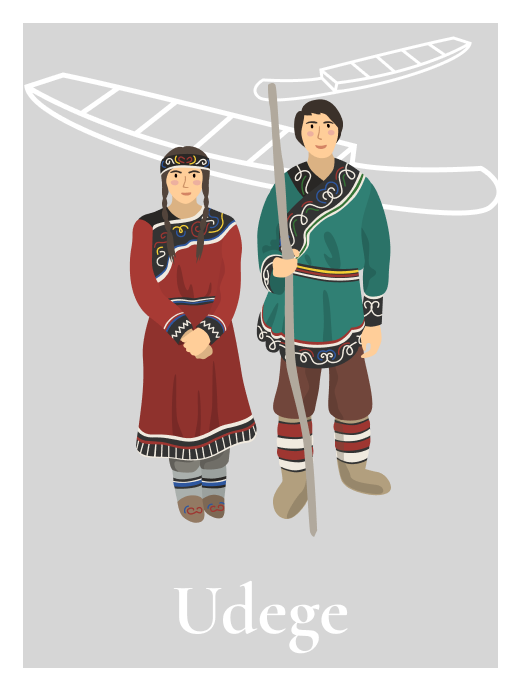

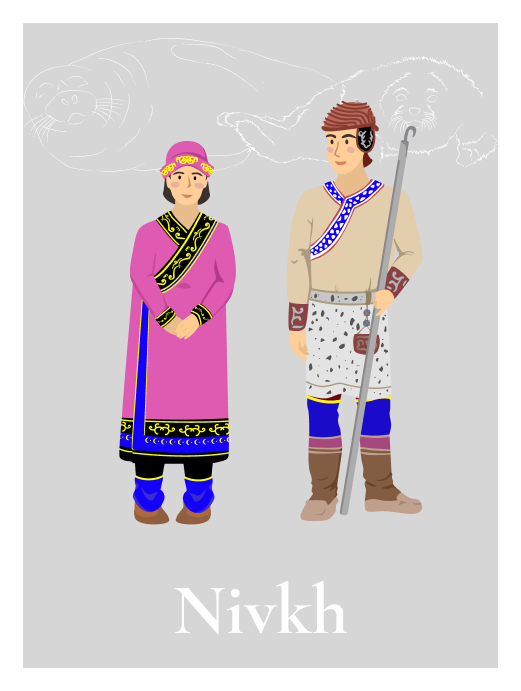
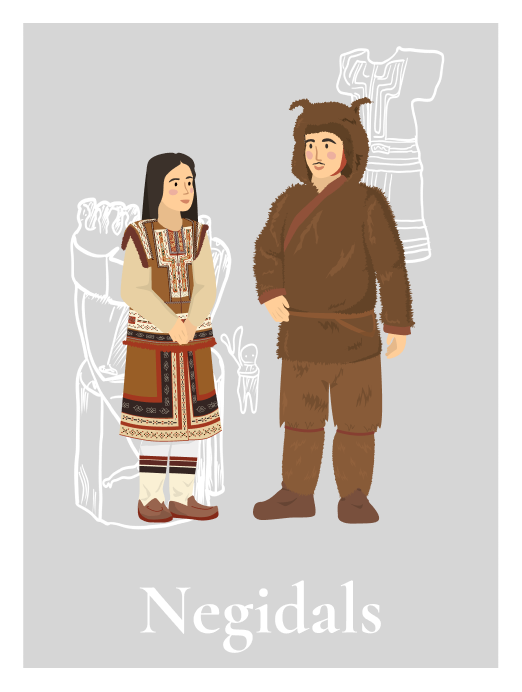



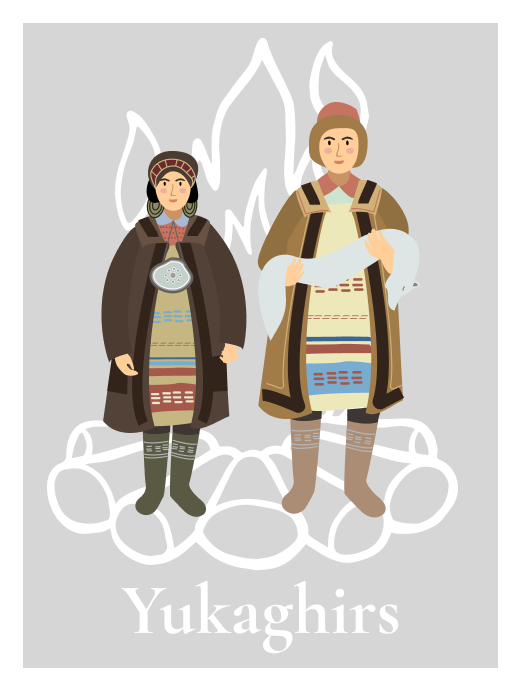
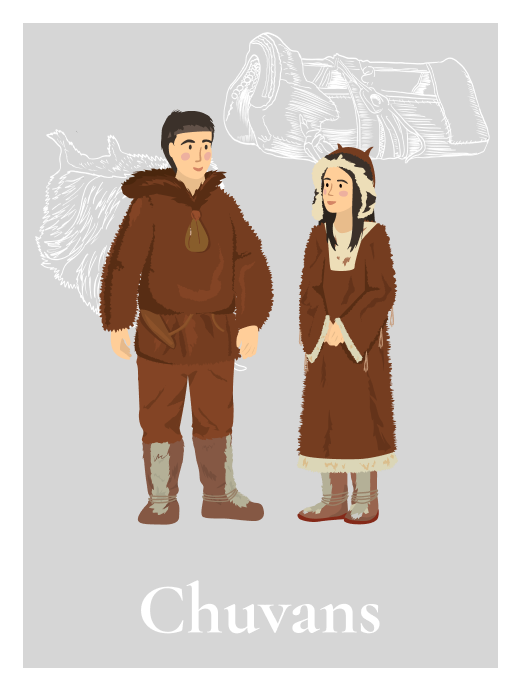
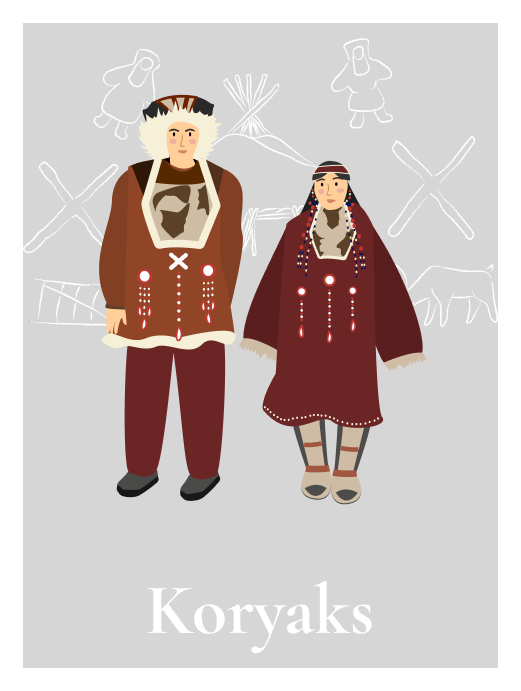

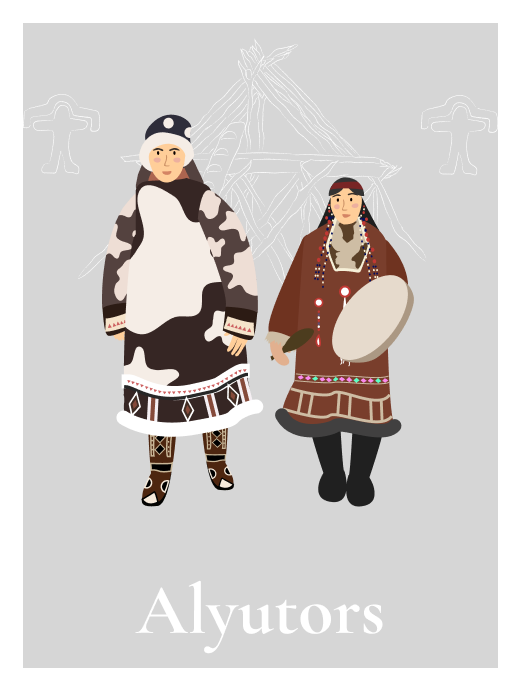


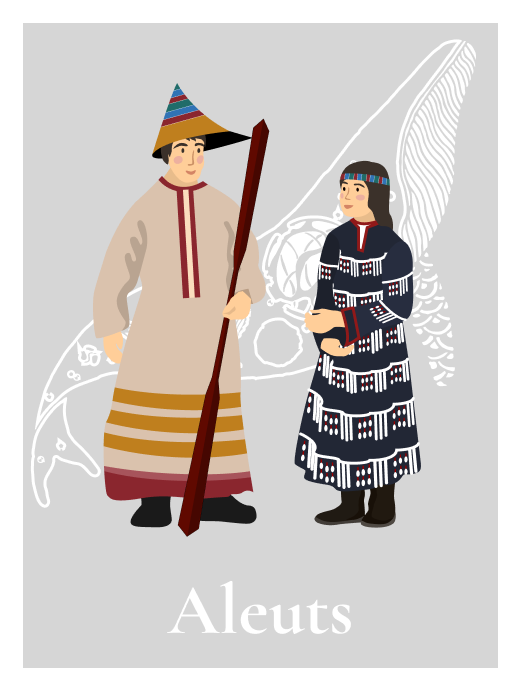

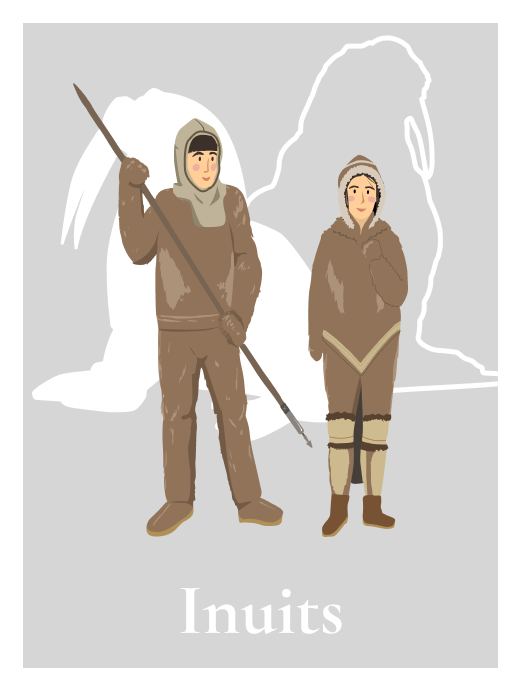
The endonym “itenmen,” “the one who exists,” was recorded in the late 19th century for all Kamchadal groups with small phonetic variations.
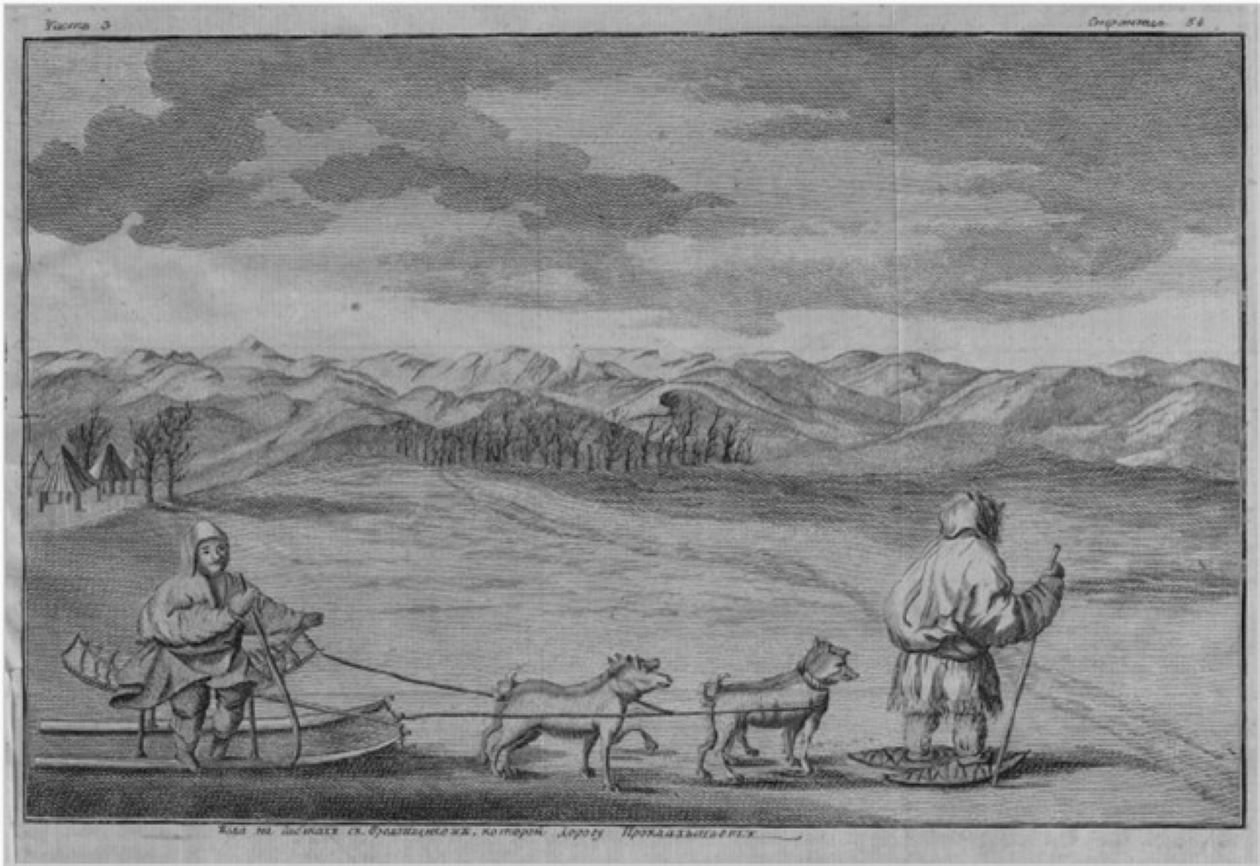
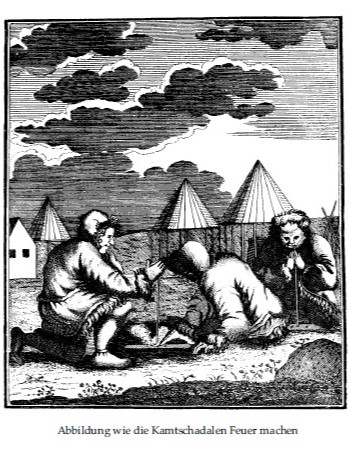
This article will consider two extinct languages from the Kamchadal (Itelmen) group of Chukotko-Kamchatkan family of languages; they are frequently called Eastern Itelmen and Southern Itelmen as opposed to the extant Western Itelmen language (also called Itelmen proper). In the English-language scholarship, these languages are generally called Kamchadal (Itelmen). In this case, these three languages are called Western Kamchadal, Eastern Kamchadal, and Southern Kamchadal, and only the extant Western Kamchadal is called Itelmen. The endonym “itenmen,” “the one who exists,” was recorded in the late 19th century for all Kamchadal groups with small phonetic variations. For Western Itelmen, the 1926-1927 Polar Census used this name for residents of eleven settlements of the northwestern coast who had preserved their native tongue. In eight of them (Sopochnoe, Moroshechnoe, Belogolovoe, Khayryuzovo, Kovran, Utkholoka, Napan, and Sedanka), native speakers of Itelmen constituted the majority, and only in three (Tigil, Voyampolk, and Palana) they were a minority.